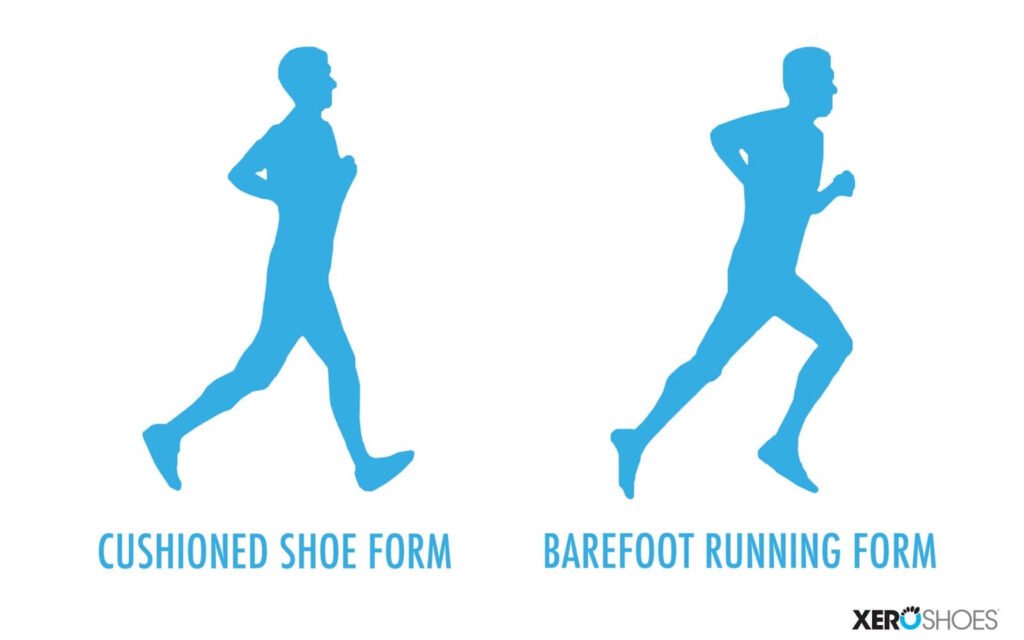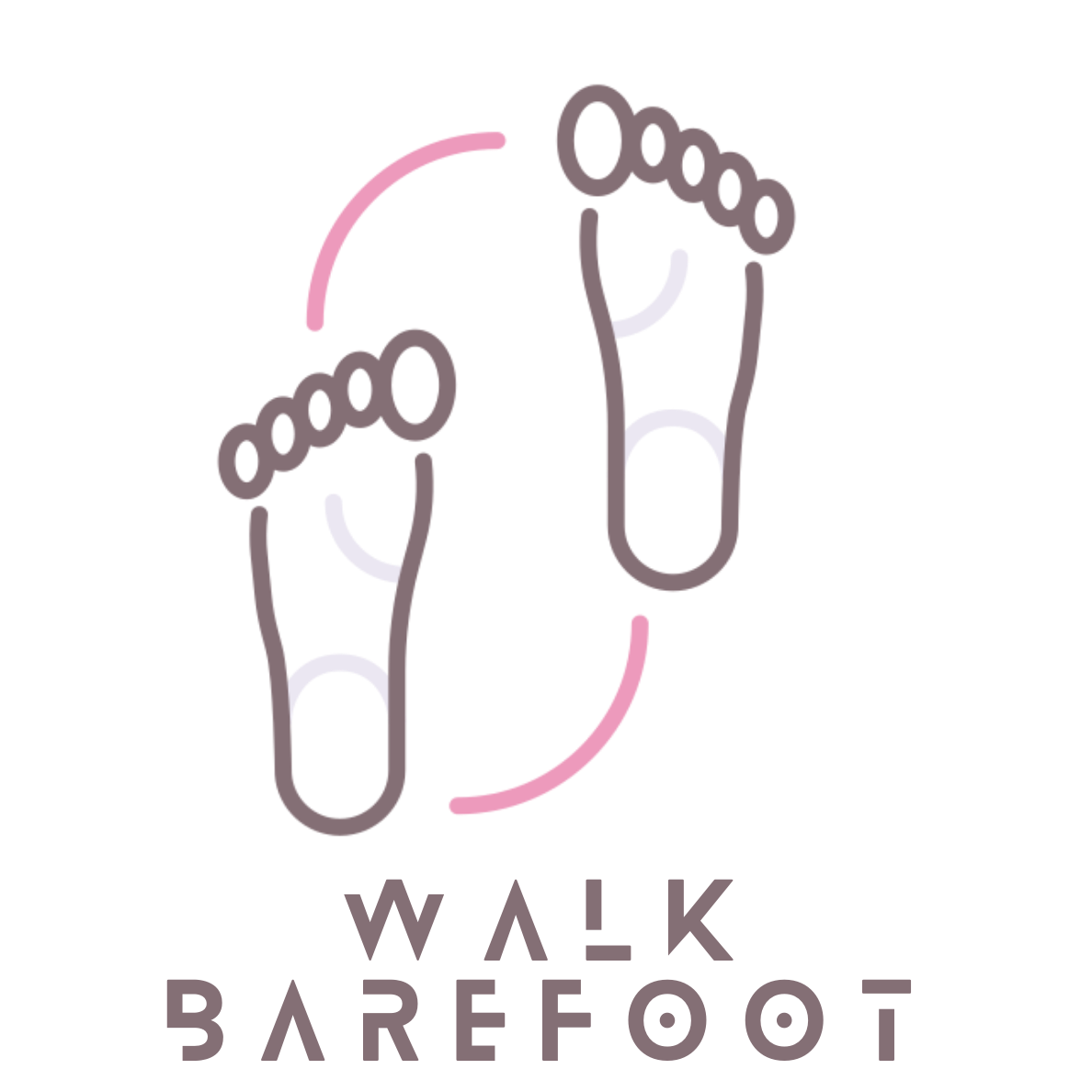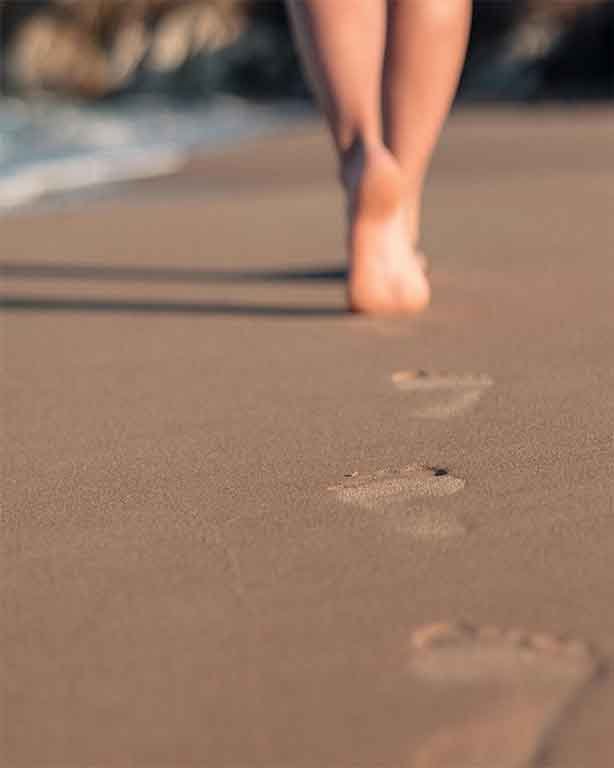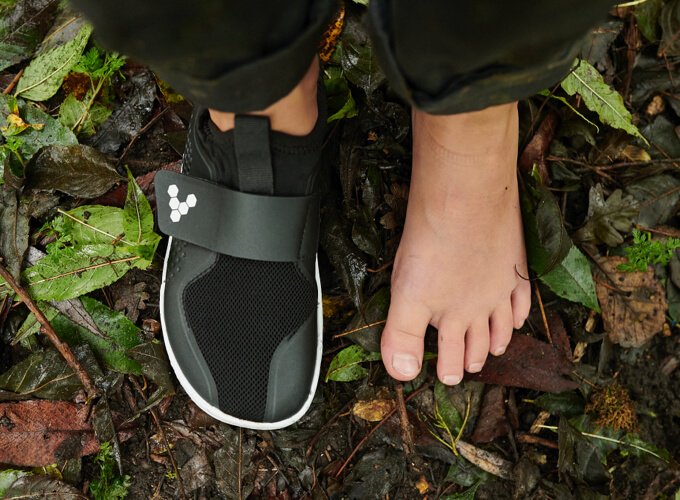Hello, fellow running enthusiasts! Have you ever found yourself wondering about the term ‘drop’ in running shoes? It’s a pretty important concept that often goes unnoticed. Simply put, ‘drop’ is the height difference between the heel and forefoot of a shoe’s sole. Traditional running shoes usually have a noticeable ‘drop’, sometimes up to 12 millimeters. But with the rise of barefoot and minimalist running, more and more runners are trying out zero drop shoes—shoes designed to keep your foot flat.
What exactly is a zero-drop? Let’s find out!
Let’s dive into the world of zero drop shoes. The idea behind them is simple but clever. These shoes are designed to eliminate the height difference between the heel and forefoot, creating a perfectly flat surface that fits your foot naturally. The term ‘zero drop’ is a fun way to describe this design, which promotes a more natural running stride.
Unlike traditional running shoes, which often have raised heels that can encourage a heel-striking pattern, zero-drop shoes aim to enable a smoother and more efficient gait. By keeping your foot in its natural flat position, these shoes help your body absorb and distribute impact forces, reducing the risk of injury and improving your running mechanics.
The Amazing Benefits of Zero Drop Shoes
Now, let’s talk about the good stuff! Going zero-drop can offer many great benefits for runners looking to improve their performance and well-being. First, these shoes can promote a more natural running gait, reducing the risk of injury and increasing efficiency.
Studies have shown that zero-drop shoes can help strengthen the muscles in your calves and feet, often neglected in traditional running shoes. This targeted muscle activation is key to preventing injury and reaching new running performance levels.
Furthermore, zero-drop shoes can enhance your proprioceptive awareness, helping you understand how your foot interacts with the ground. This increased awareness can lead to better balance, coordination, and a more efficient running style as you become more attuned to each stride.

A Gradual and Mindful Approach to Transitioning to Zero-drop
Here’s the deal about switching to zero-drop shoes. While the benefits are tempting, it’s important to transition patiently and mindfully. If you’re used to running in traditional shoes, your body has adapted to that style of running. Switching to zero drop shoes without preparation can cause discomfort, potential injury, and a less-than-ideal experience.
The key to a successful transition is taking it slow. Begin by wearing zero drop shoes for short periods, gradually increasing the time as your body adapts. It’s also a good idea to do foot and calf strengthening exercises to prepare your body for the new running style and reduce injury risk.
During the transition, pay attention to your body. If you feel any prolonged discomfort or pain, don’t hesitate to reduce your mileage or switch back to your old shoes until your body has had enough time to adapt.
Potential Drawbacks and Considerations: Striking the Right Balance
While zero drop shoes offer many potential benefits, they may not be perfect for every runner. Heavy strikers or those with conditions like plantar fasciitis or other foot-related issues might find that the increased ground reaction forces with zero-drop shoes can make their symptoms worse.
Also, for runners used to heel-striking in cushioned shoes, moving to zero drop footwear can be particularly challenging. This change may require a significant adjustment to your running style, requiring patience, dedication, and potentially even professional guidance to ensure correct form and technique.
It’s also worth mentioning that, while zero drop shoes can provide a more natural and minimalist running experience, they may not offer the same cushioning and impact protection as traditional running shoes.
Embracing the Zero Drop Journey: Finding Your Stride
So, you’re ready to jump into the world of zero drop shoes! As with any big training or equipment change, keep an open mind, be willing to experiment, and respect your body’s unique needs and responses.
Remember, the journey to a more natural and efficient running style is very personal. What works best for one runner may not work for another. See this as an opportunity to listen to your body, challenge yourself, and explore new aspects of your running experience.
If you decide to start the zero drop journey, be ready to invest time and patience in the transition. Celebrate the small victories along the way and don’t be discouraged by setbacks or temporary discomfort; these are often just growing pains on the path to a more harmonious and injury-free running practice.
Final Thoughts: Embracing the Minimalist Shoes Mindset
In the ever-changing world of running, zero drop shoes offer a fresh and innovative perspective. By mimicking the natural structure of the human foot, these shoes encourage a running style that may be healthier, more efficient, and more enjoyable for many runners.
However, it’s important to transition with patience, pay attention to your body’s responses, and be ready to adapt as needed. Remember, what works best for one person may not work for another, and it’s crucial to find the approach that aligns with your unique goals, abilities, and preferences.
Adopting the zero drop philosophy is not just about changing your footwear; it’s about embracing a minimalist mindset that values simplicity, efficiency, and a connection with the natural mechanics of human movement. So, whether you’re an experienced runner looking for a new challenge or a running newbie drawn by the appeal of barefoot running, consider exploring the world of zero-drop shoes with an open mind and a readiness to embark on a transformative journey. Your feet will thank you!



